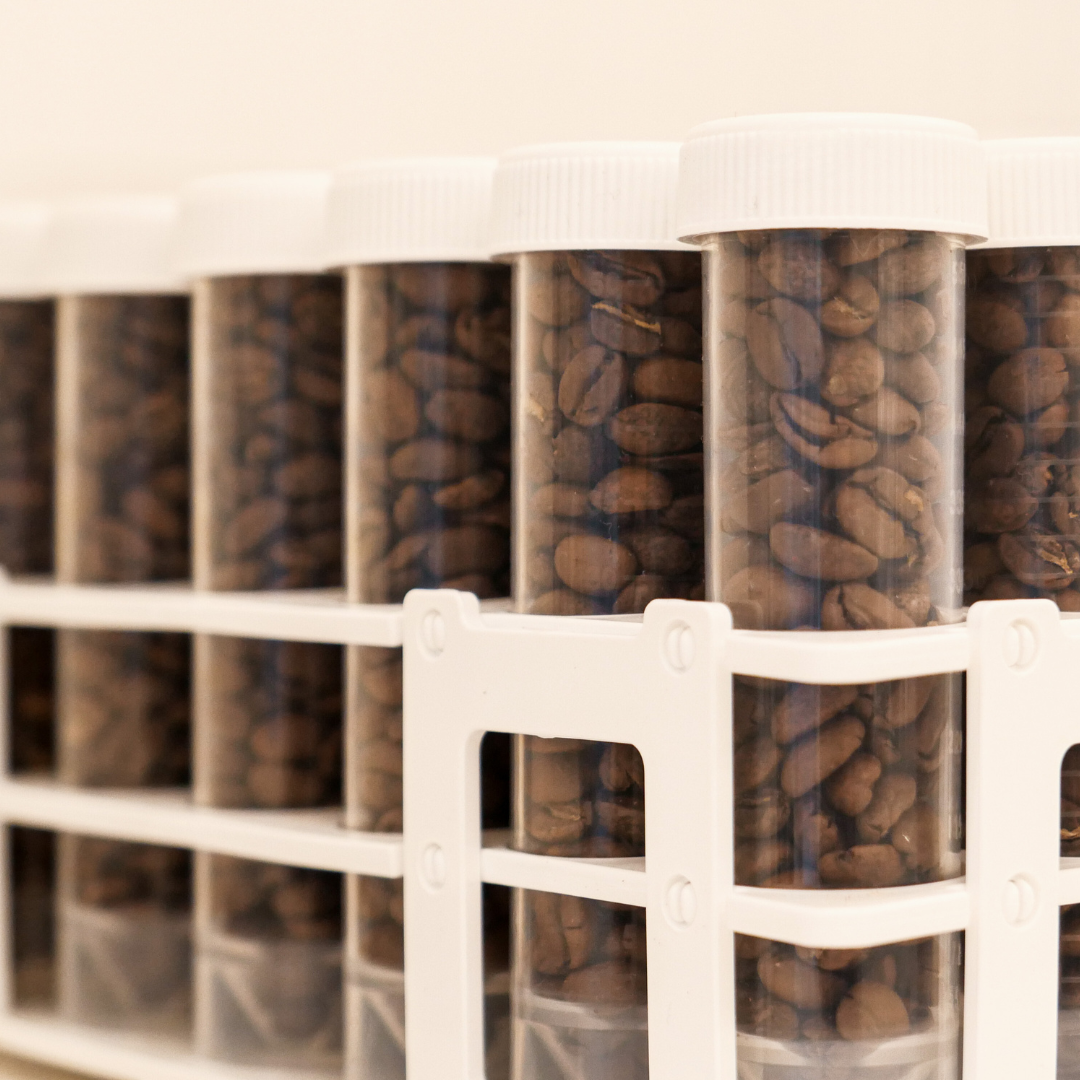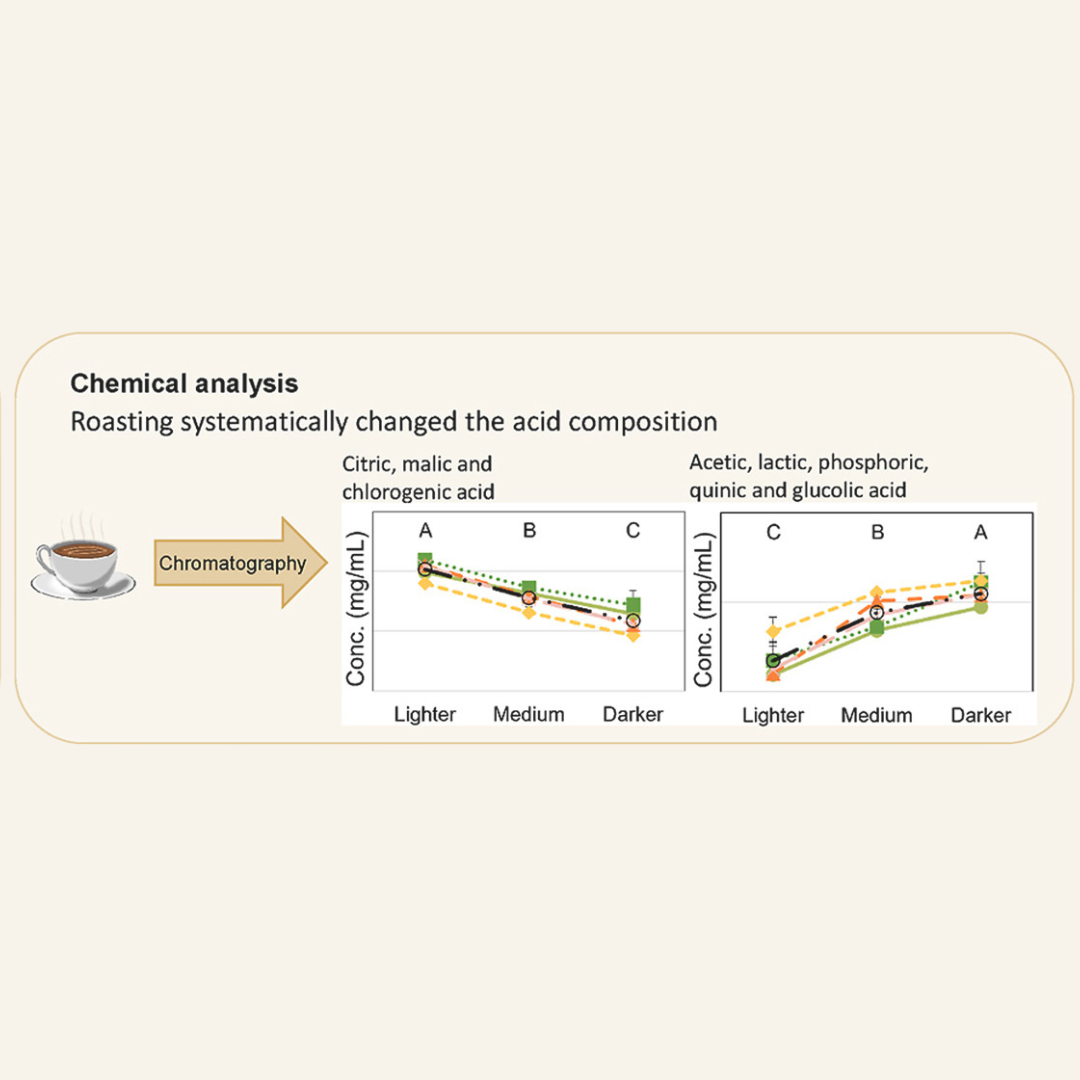How coffee is made? Part 2
In the part 1, it was explained about the journey of coffee. And today, in this article, a little more serious topic is going to be discussed which is a breakdown of the cost and why coffee is at this price range.
Costs
How much is the exact cost for a cup of coffee? You may have seen a number of articles, news, blogs, and media publishes about the cost for a cup of coffee. As this is a very sensitive topic, it is hard to find a right and rational number behind the cup that is clearly and transparently revealed. As mentioned in the part 1, coffee is firstly planted in the farm. During the cultivation, there are costs for labour, fertilisers, bills, operating costs, land, usage of facilities, processing cost, taxes, administration, insurance and some expenses. In addition, to produce sellable quality of coffees, usually, it takes 5 to 7 years at least (Coffee trees produce cherries but before this amount of time, the produce value in terms of quality is too low). After the processing is done, green beans should be stored in the warehouse. Then, there are costs for warehouse, labour, transportation, administration, operating costs, taxes, insurance, samples and expenses. When the deal between the exporter and importer is made, the coffees are began to ship. There are costs for transport, labour, administration, operating costs, taxes, insurance and expenses.
For each stage, not only cost affects the price but also there are profit margins for each stakeholder. Also, (not all the cases but in some cases) green bean prices are affected by C-Market hence coffee price is fluctuating.
When the coffee is landed, there is a green bean importer (company). And there are costs for warehouse, labour, transportation, administration, taxes, operating costs, insurance and expenses. And at this stage, the green bean importer sends a number of samples to many roasters to attract them to buy the beans. The importers sell the coffee beans to roasters through this process. At this stage, the price of green bean becomes around AUD13~AUD25 per kilo for the coffees that we normally use. Some coffee could be a little less and some could be super expensive (geisha, pacamara, sudan rume, etc.). The most of the coffees you could see from the list are purchased at this price range.
After it is bought, roaster roasts the coffee. During the roast, the weight of the coffee is losing 16~20% of its weight. 1kg of green bean becomes approximately 800g. Thus, the cost for the coffee itself is $18 per kilo of roasted coffee (if the green bean is $15 per kilo). And in the roastery, there are costs for packaging(coffee bag, sticker, box), equipment, finances, labour, bills, administration, taxes, operating costs, insurance, expenses, warehouse and transportation. Roughly, it becomes around $18 per kilo. Small retail bags are slightly more expensive than this and the kilo bags are usually at this range. Therefore, the producing cost for 1kg of roasted coffee is around $36. The difference between this and the retail price is the margin for the company.
If the roaster sells the coffee with a 15% of profit margin, it becomes around $41 per kilo. Usually, this is the price for wholesale which is cafes, restaurants and coffee shops. And the retail price has extra 10 to 20%, thus, it becomes around $47.
When it comes to a coffee shop, baristas use this bean to make a cup of coffee for you. If a barista uses 22g of coffee, it roughly costs $1. Also, there are costs for milks, cups, labour, rent, bills, taxes, fees, finances, operating costs, insurance, wastages and some expenses. And the sum of these could be different depending on how much individual item costs, however, roughly it is around $2-$2.5. Thus, the total cost for a cup of coffee is approximately $3-$3.5, depending on the coffee, ingredient, labour and other. It could be a little less than this if one of those elements is cheaper but it could also be more expensive than this if one of these elements is more costy.
Retail bag of coffee is same. Although the cost for a kilo of roasted coffee bean estimated $36, it could be much more expensive if the green bean is more expensive than this. For example, the average price of Ethiopians we use is around $15, but the beans from Central American and South American countries are more than $18, and Kenyans are above $20 as green. Also, as mentioned, smaller size bags cost 3-4 times more as it requires more packaging materials. Although a kilo coffee costs $36 (when the green is $15), 4x 250g bags of coffee costs $42. If there is a very tiny margin of 10%, it only becomes $46 as the wholesale, and $53 as retail. Not all the beans have the price from this calculation, however, it gives a brief idea how the price of coffee is decided.
What's behind serving the best quality coffee
Importantly, serving the best quality coffee is always a dream for all coffee roasters. However, in reality, it seems never been easy to continue the business sustainably with this small amount of margin as there are a number of external factors around the business. But the reason why we (also some specialty coffee roasters) do make only tiny margin is that we have a passion for what we do and we love our customers to experience the great quality coffees as we are doing now. Sustainability of the business now is challenged due to various externalities, however, we keep working hard with our passion. This is why we do Damn Good Coffee. Moreover, not only us but also those who have the same passion and are working hard should be respected as these people do not seek for the dollar they earn, do seek for the value of the coffee.


